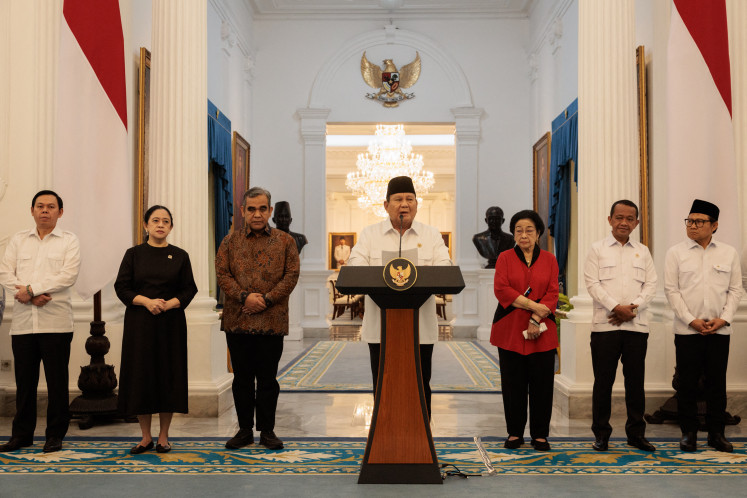Popular Reads
Top Results
Can't find what you're looking for?
View all search resultsPopular Reads
Top Results
Can't find what you're looking for?
View all search resultsCOMMENTARY: World Press Freedom Day: Go back to basics in journalism
Rather than trying to redefine journalism in the internet era, we should consider going back to the basics of journalism.
Change text size
Gift Premium Articles
to Anyone
J
ournalists around the world are marking World Press Freedom Day (WPFD) on May 3 at a time when the profession faces an uncertain future because of the proliferation of news, including fake news, bombarding and confusing its audience.
With the traditional news platforms, particularly print, facing certain demise, that future is even bleaker in the absence of a business model that can provide the financial support for media outlets to survive and thrive. The old model, where media operated largely by selling advertisement space and charging subscription fees, is clearly outmoded on the digital platform.
All media outlets sooner or later will have to fully migrate to the digital world, but no one has figured out a business model that could guarantee their ability to operate freely and independently from any political and business interest. There have been one or two success stories of media outlets thriving, but it is still unclear whether these models can be replicated.
Leaving the fundraising aspect to the business managers, what about the future of the newsrooms and the journalists who provide the content? How should they respond? More importantly, is there a future for this profession? Shouldn’t we be thinking about Journalism 2.0 or Journalism 3.0?


















